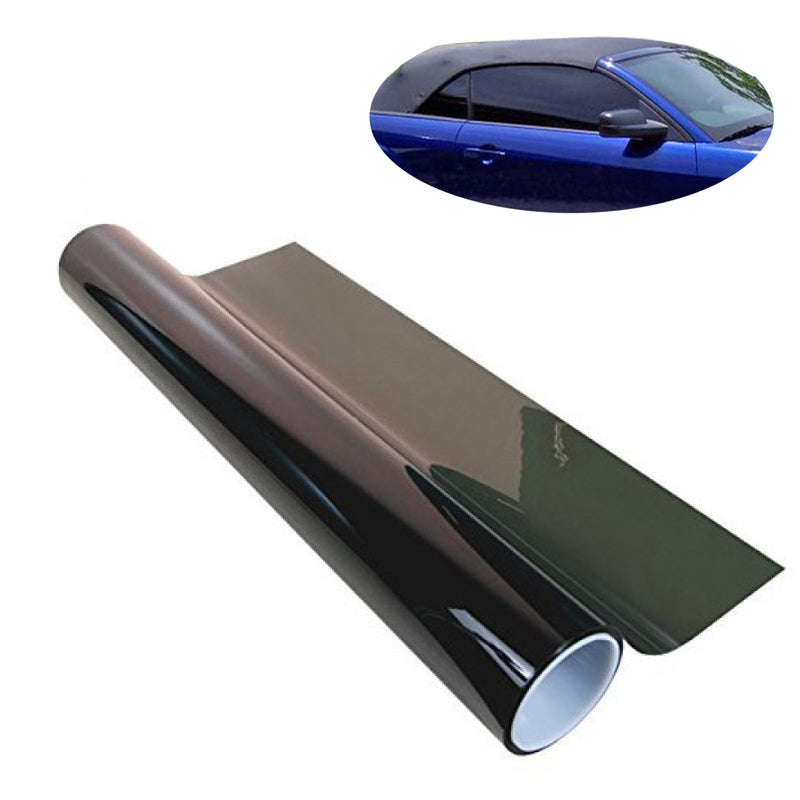Tips for Keeping Your window tinting for Resilient Efficiency
Tips for Keeping Your window tinting for Resilient Efficiency
Blog Article
Exploring the Different Kinds Of Home Window Tint for Cars and Their Benefits

Dyed Home Window Tint
Dyed home window tint is a popular choice amongst automobile proprietors looking for to boost personal privacy and reduce glare while keeping a stylish appearance. This kind of color is developed by including dye into the glue layer, which is then related to the home windows of the lorry. The key appeal of colored home window tint lies in its capability to give a cosmetically pleasing look without compromising capability.
Among the most substantial advantages of dyed window color is its capability to block unsafe UV rays, aiding to safeguard both passengers and the automobile's inside from sunlight damages. Furthermore, this tint successfully minimizes glow, adding to a much more comfy driving experience, especially throughout bright daylight problems. The deepening of window color likewise includes a layer of privacy, making it much more challenging for outsiders to see inside the car.
However, it is necessary to keep in mind that while dyed home window color offers various advantages, it might not give as much heat rejection as other kinds of colors. Additionally, its long life can be influenced by direct exposure to extended sunshine, potentially causing fading in time. Overall, colored window tint continues to be a preferred alternative for those prioritizing appearances and basic sunlight protection.
Metalized Window Color
Metalized window color stands for an innovative option for car proprietors looking to improve both efficiency and aesthetic appeals. One of the key benefits of metalized window tint is its premium heat denial abilities, which can significantly decrease the interior temperature of an auto.
In addition, metalized tints offer boosted durability compared to dyed films, making them resistant to fading and damaging. This durability makes certain that the tint preserves its effectiveness and appearance in time, giving long-lasting worth.
Additionally, metalized window color can boost privacy and protection by making it much more difficult for outsiders to see inside the vehicle. The reflective quality of the color can also deter possible theft, as valuables are much less visible (window tinting). While it may hinder some digital signals, such as general practitioner or mobile phone function, the general benefits make metalized home window color an engaging choice for lots of cars and truck proprietors
Ceramic Window Color
Offering innovative technology and unparalleled efficiency, ceramic home window tint has actually become a leading choice for discerning car owners. This ingenious movie is made up of sophisticated ceramic bits that give substantial warm rejection while preserving clarity and visibility. Unlike standard colors, ceramic home window tint does not count on steel or dye, which can hinder electronic signals from gadgets such as GPS and cellular phone.
Among the standout benefits of ceramic window tint is its extraordinary UV protection. It blocks up to 99% of dangerous ultraviolet rays, thus safeguarding both the automobile's inside and its passengers from sun damage. In addition, this kind of tint enhances personal privacy without endangering exposure, making it a functional option for day-to-day motorists and high-end automobiles alike.
Ceramic home window tint also flaunts resilience; it is resistant to fading More hints and scraping, making certain long-lasting efficiency. Its non-reflective nature indicates it does not create glare, adding to more secure motoring problems (window tinting). For those seeking a costs tint option that integrates aesthetic appeals with capability, ceramic window color sticks out as a premium option, delivering enhanced convenience and security on the roadway
Carbon Home Window Color
When it concerns home window tinting options, carbon window tint has obtained appeal for its blend of performance and cost. This kind of color is composed of carbon fragments, which give an unique matte coating that boosts the aesthetic allure of vehicles. One of the main benefits of carbon home window tint is its ability to block a significant amount of harmful UV rays, securing both the car's inside and its owners from skin damages and fading.
Additionally, carbon home window color offers excellent warm being rejected residential or commercial properties, minimizing the demand for extreme cooling and boosting fuel efficiency. Unlike colored tints, carbon colors do not fade over time, keeping their effectiveness and look for years. This resilience makes them a sensible choice for vehicle owners seeking long-lasting value.
Additionally, carbon window color is non-metalized, which means it does not conflict with electronic signals, making it appropriate for lorries outfitted with GPS, Bluetooth, and other wireless technologies. The balance of price, efficiency, and visual appeal has developed carbon window color as a recommended option for many lorry owners. Inevitably, it works as a trustworthy option for those aiming to boost comfort while guaranteeing design.
Factory Tint
Factory tint, additionally referred to as OEM tint, describes the tinting that is used to vehicle home windows during the production procedure. This sort of try this web-site tint is generally integrated right into the glass itself, providing an uniform look and constant degrees of shading throughout all home windows. The primary purpose of factory tint is to minimize glow and enhance guest comfort while offering a level of UV defense.

While manufacturing facility color offers fundamental benefits, it may not provide the exact same level of heat being rejected or personal privacy as higher-grade aftermarket colors. Vehicle proprietors seeking improved efficiency may take into consideration additional tinting options, while still appreciating the aesthetic charm and performance factory color provides.
Conclusion

However, it is necessary to note that while dyed window color uses numerous benefits, it might not offer as much warm denial as other types of colors. For those looking for a costs color option like this that incorporates aesthetic appeals with functionality, ceramic home window tint stands out as a superior option, delivering boosted convenience and defense on the roadway.
When it comes to window tinting options, carbon window color has gotten popularity for its blend of efficiency and affordability.Manufacturing facility tint, additionally known as OEM tint, refers to the tinting that is used to car windows during the production procedure. The specific level of tint can vary depending on the lorry maker and version, with some vehicles featuring more substantial color on rear home windows than on front home windows.
Report this page